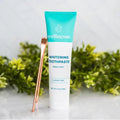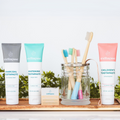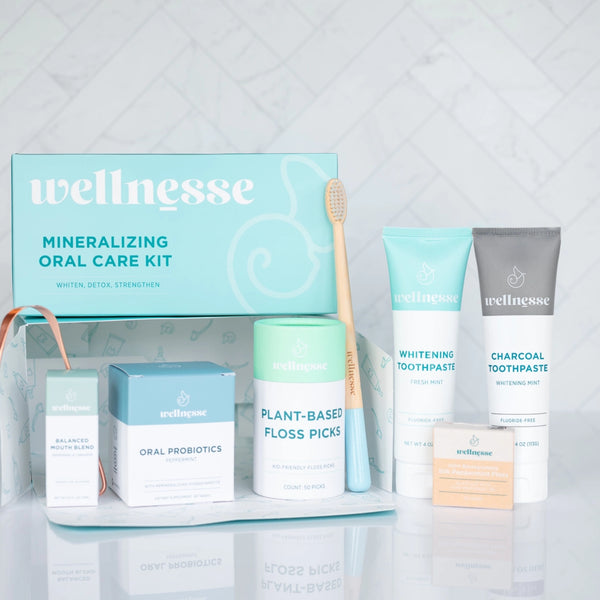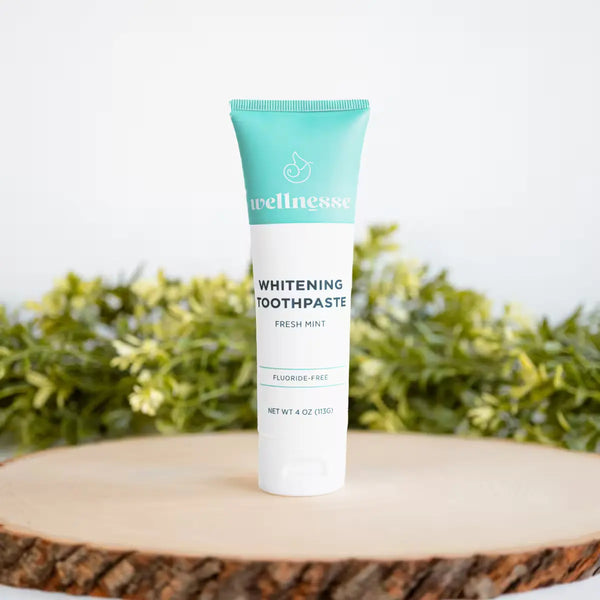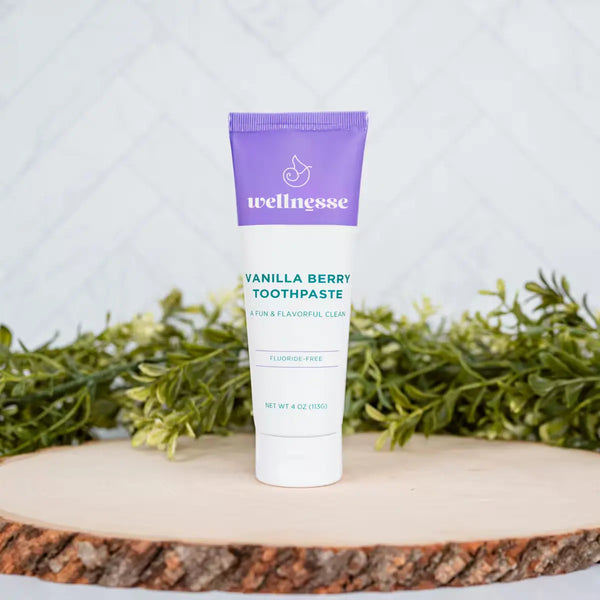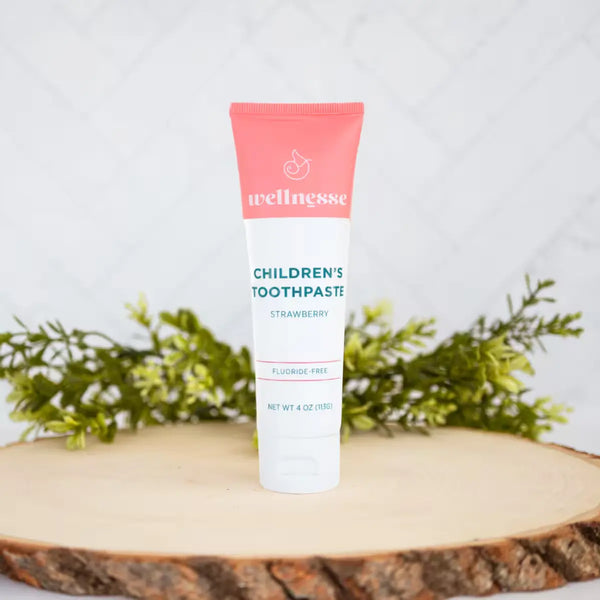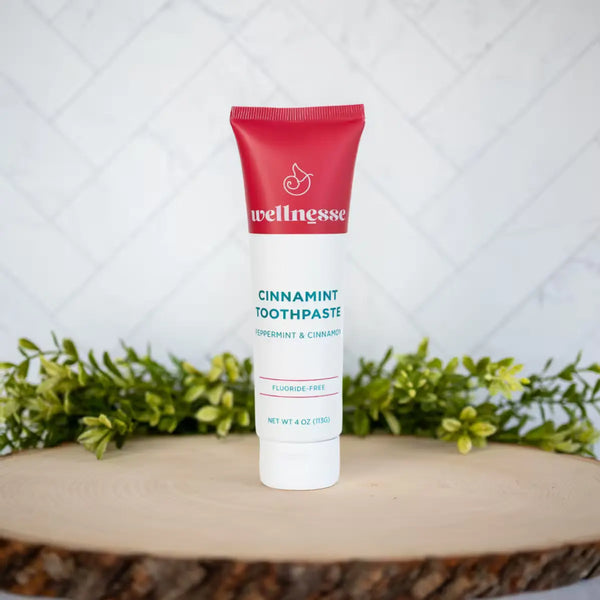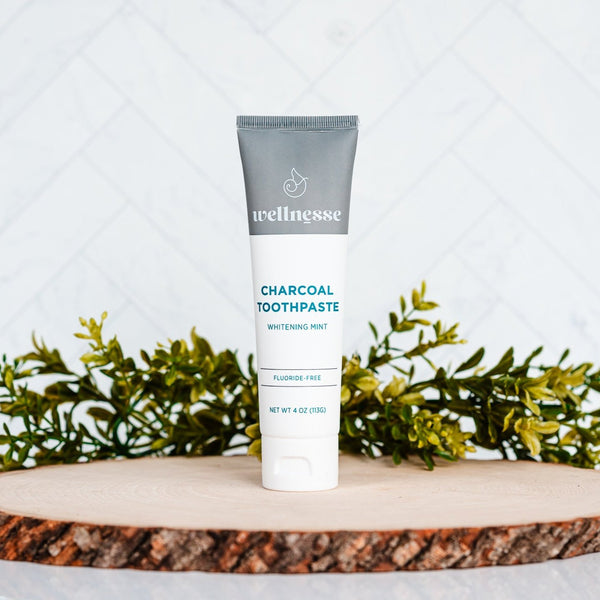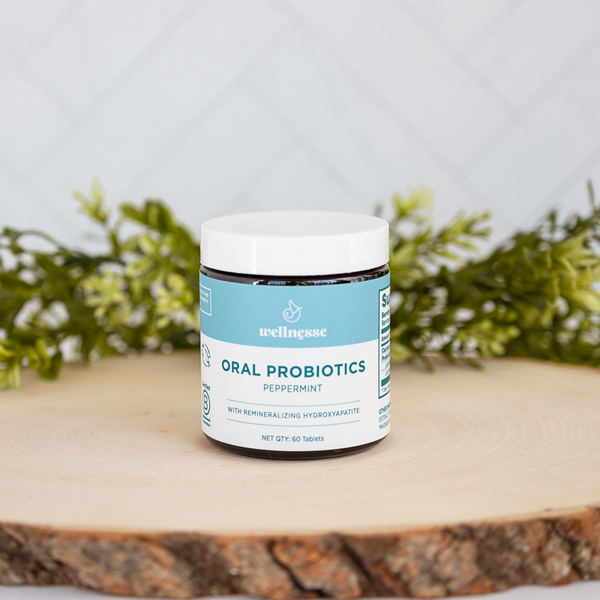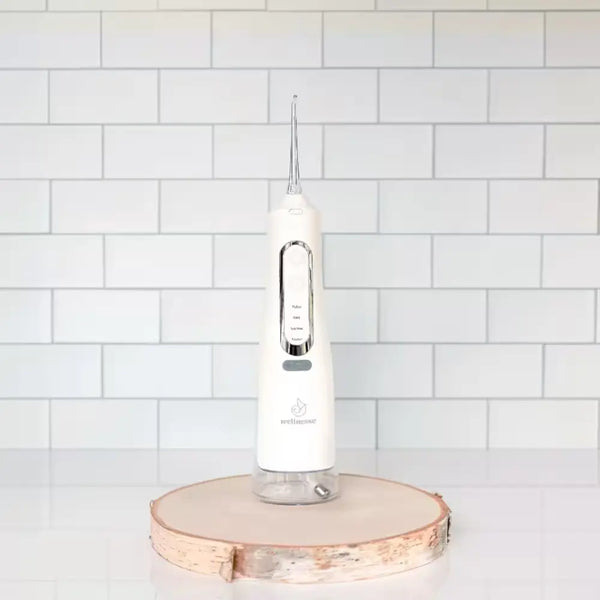We’ve all heard the phrase “you are what you eat,” but here’s a twist - what if you’re also what you wear on your skin? When it comes to skincare, the choices we make go far beyond how our skin looks. They can also impact our health from the outside in. Our skin is more than just a covering, it’s a living, breathing organ that interacts with everything we apply to it.
In this article, we’ll walk you through how your skin works, what it absorbs, and why it’s so important to choose clean, healthy skincare products that support your well-being.
Your Skin: More Than Just a Surface
Our skin is the largest organ of the body, covering about 20 square feet in the average adult. It protects us from the elements, regulates temperature, and helps filter out harmful substances. But it’s not an impenetrable shield. Certain ingredients in cosmetics, lotions, soaps, and deodorants can make their way into our body through our skin.
To understand how this happens, let’s take a look at the different layers of the skin.
The Layers of the Skin: A Quick Breakdown
1. Stratum Corneum
This is the outermost layer of the skin and is essentially the body’s front line of defense. It’s made up of dead skin cells and fats that form a waterproof barrier. The stratum corneum plays the biggest role in deciding what gets in and what stays out.
2. Epidermis
Beneath the stratum corneum is the epidermis, which contains living cells. While it’s not as tough as the outer layer, it still acts as a buffer against deeper penetration.
3. Dermis
This is the inner layer, rich with blood vessels, lymph nodes, sweat glands, and connective tissue. Once a substance reaches the dermis, it has direct access to the bloodstream—this is why what we apply to our skin matters so much.
The Skin as a Barrier and Why That Matters
One of the most important jobs of your skin is to act as a barrier between your inside organs and tissues and the outside world. The skin helps protect our organs and tissues from physical damage and pathogens. It also helps us regulate our temperature and our fluid balance for optimal hydration. The sweat glands on the skin’s surface can also help us detox certain substances.
Lastly, the skin hosts its own microbiome, just like we have a unique oral (and gut) microbiome. This community of helpful bacteria help guard against harmful microbes.
When this barrier is healthy, it keeps unwanted invaders out. But when it’s damaged, the door opens—literally—for substances to seep in.
Over-washing with soap, overusing antibacterial hand sanitizers, or applying products with harsh chemicals can strip away the skin’s natural defenses. This not only dries skin out, but increases the risk for chemical absorption and microbiome imbalance. The damaged skin can then contribute to inflammation, infection, and even disease.
What Your Skin Doesn’t Absorb (Much)—But Still Needs
Not everything you put on your skin gets absorbed into your bloodstream. For example:
-
Natural oils don’t penetrate deeply but form a protective barrier, helping to lock in moisture and keep irritants out. Some oils, like jojoba, coconut, or almond oil absorb more deeply than most oils, but they’re still not going deep into the dermis.
-
Water-based molecules are usually too large or poorly absorbed on their own. However, many water-based products include preservatives or chemical enhancers that change how your skin reacts. This often allows ingredients to get in more deeply than intended.
Even though these ingredients may not reach the bloodstream, they play an essential role in skin health. So it’s still important to choose natural, non-toxic versions.
What Your Skin Does Absorb—and Why It Matters
Many ingredients in everyday products can penetrate the skin, especially if they include what's known as penetration enhancers. These chemicals help other ingredients get through the skin barrier.
Common Absorbable Ingredients Include:
-
Retinol: A powerful anti-aging ingredient that reaches deep into the skin but can cause sun sensitivity and irritation.
-
Preservatives: Parabens are one type of preservative that can disrupt hormones and mimic estrogen in the body. Not only can preservatives penetrate the skin, but they also disrupt the skin microbiome, reducing beneficial bacteria and possibly leading to inflammation or immune issues.
-
Polysorbates (e.g., Polysorbate 80): Surfactants that increase penetration of other ingredients. This is often done on purpose, but they can carry other problematic substances deeper than intended with them.
-
Sucrose Laurate: Another strong penetration enhancer found in cosmetics. While it isn’t toxic on its own, it can carry potentially harmful ingredients into the skin.
Some of these chemicals are intentionally paired with other ingredients to work below the surface for targeted results. However, by bypassing the body’s natural defenses we can end up with toxic chemicals where they shouldn’t be.
Microplastics: A Hidden Threat
If you use products stored in plastic—especially ones exposed to heat—you may also be absorbing microplastics or nanoparticles through your skin. Many cosmetic ingredients are derived from petroleum, also plastic. These tiny particles can:
-
Penetrate the skin barrier
-
Carry other chemicals into deeper layers
-
Potentially reach the bloodstream and lymph nodes
Studies have linked microplastics with inflammation, hormonal disruption, and skin barrier damage. While things like microplastic beads in soap have been banned for a while now, you can still be exposed to plastics through other means. There’s growing concern over prolonged exposure, especially since many personal care products and packaging contain plastic derivatives.
The Lymphatic System: Your Detox Highway
The lymphatic system helps your body remove waste and toxins. It also plays a huge role in immune defense. That’s why it’s concerning when we apply products with questionable ingredients near lymph nodes… aka under the arms where deodorant goes.
The skin in these areas is thinner, and the nearby lymph nodes act like filters for the body. When you apply conventional deodorants containing parabens, aluminum, or synthetic fragrances, you may be overloading your body’s detox system right at one of its most sensitive spots.
And if you shave your armpit hair this creates damage in the skin where ingredients can also penetrate the skin barrier more easily.
How Skin Damage Enhances Absorption
Here’s something important to remember: a healthy stratum corneum does a great job keeping most substances out. However, when this layer is damaged, from over-washing, harsh products, abrasive scrubs, or chemical irritants, it becomes more porous.
Once this outer barrier is compromised, substances can easily pass into the epidermis, dermis, and eventually the bloodstream. That’s why people with eczema, rashes, or even just dry, cracked skin are at greater risk of absorbing things their body wouldn’t normally let in.
When Absorption Is a Good Thing
Not all skin absorption is bad. In fact, in natural medicine and skincare, targeted absorption is beneficial. Think of topical magnesium, herbal salves, or essential oil blends. These products are designed to nourish or support healing by reaching deeper layers of skin or muscles.
The key is to choose clean, non-toxic products so that what your body absorbs supports your health rather than harms it.
How to Choose Better Skincare Products
The good news? You don’t have to be a chemist to make better choices. Here’s a simple guide of what to look for:
-
Simple, naturally derived ingredients (like coconut oil, shea butter, and beeswax)
-
Natural or more gentle preservatives if it’s a water based product.
-
Products labeled "fragrance-free" or made without synthetic chemical scents
-
Packaging that’s plastic-free or clearly labeled as BPA- and phthalate-free
And it helps to avoid things like parabens, phthalates, or anything with a long list of unrecognizable chemical names. Synthetic fragrances or dyes are also something to avoid when thinking about caring for your skin barrier.
Everyday Essentials That Deserve a Closer Look
Because we use body care products daily, they’re some of the most frequent sources of chemical exposure through our skin.
When it comes to deodorant, pick a natural version without aluminum or artificial fragrances.
Final Thoughts: What Goes On Goes In
Your skin is smart and knows how to protect you. But it also responds to what you give it. With every product you use, you’re either supporting your skin’s natural defenses or weakening them.
Choosing skincare products with clean, non-toxic ingredients isn’t just about avoiding irritation or breakouts. It’s about protecting your entire body, from your immune system to your hormones, lymph nodes, and detox organs.
The next time you pick up a bottle of lotion, soap, or deodorant, take a moment to check the ingredients. Your skin, and your body, will thank you for it!
References
-
Chloe, C., Ladermann, J., Darvin, M. (2015, November 21). Oil Penetration into the human skin. Atlas of Science.
-
Cubas, A. et al. (2022). Plastics and Microplastic in the Cosmetic Industry: Aggregating Sustainable Actions Aimed at Alignment and Interaction with UN Sustainable Development Goals. Polymers, 14(21), 4576.
-
Padera, T. et al. (2016). The Lymphatic System in Disease Processes and Cancer Progression. Annual review of biomedical engineering, 18, 125–158.
-
Cleveland Clinic. (2023, July 31). Lymphatic System.
-
Aristizabal, M., et al. (2024). Microplastics in dermatology: Potential effects on skin homeostasis. Journal of cosmetic dermatology, 23(3), 766–772.
-
European Food Safety Authority (EFSA), Buist, H., et al. (2017). Guidance on dermal absorption. EFSA journal. European Food Safety Authority, 15(6), e04873.
-
Strati, F., et al. (2021). Non-ionic surfactants as innovative skin penetration enhancers: insight in the mechanism of interaction with simple 2D stratum corneum model system. European journal of pharmaceutical sciences : official journal of the European Federation for Pharmaceutical Sciences, 157, 105620.
-
Som, I., et al. (2012). Status of surfactants as penetration enhancers in transdermal drug delivery. Journal of pharmacy & bioallied sciences, 4(1), 2–9.
-
Rodrigues, F., Oliveira, M. (2016). Concepts and Models for Drug Permeability Studies: Cell-based in vitro models for dermal permeability studies. Elsevier.
-
Anderson, S. E., & Meade, B. J. (2014). Potential health effects associated with dermal exposure to occupational chemicals. Environmental health insights, 8(Suppl 1), 51–62.
-
CDC NIOSH. (2024, December 10). About Skin Exposures and Effects.
-
Naveed, A., et al. (2011). Penetration Enhancing Effect of Polysorbate 20 and 80 on the In Vitro Percutaneous Absorption of LAscorbic Acid. Tropical Journal of Pharmaceutical Research 10.
